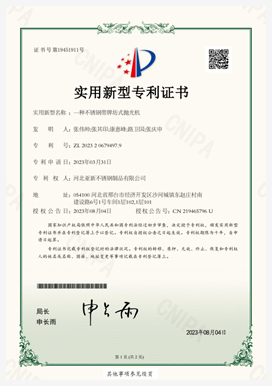Efficient Rice Harvesting Solutions with Advanced Combine Harvesters for Modern Farming
The Evolution and Impact of Rice Combine Harvesters
Rice is a staple food for more than half of the world's population, making efficient harvesting a critical aspect of rice production. With the growing demand for rice, technological advancements in farming practices have played a vital role in ensuring that production keeps pace with consumption. One of the most significant innovations in modern agriculture is the rice combine harvester, an all-in-one machine that has revolutionized the way farmers harvest rice.
Historically, rice harvesting was a labor-intensive process, requiring the efforts of many workers with sickles and other tools. This was not only time-consuming but also inefficient, often leading to a significant amount of crop loss. As agriculture mechanized throughout the 20th century, the introduction of combine harvesters marked a turning point. These machines, originally designed for cereal grains, were adapted for rice, significantly increasing harvesting efficiency.
A rice combine harvester operates on the principle of cutting, threshing, and winnowing rice all in one pass. Unlike traditional methods, where separate stages required different pieces of equipment, the combine harvester streamlines the process. This not only saves time but also reduces the need for labor — a significant advantage in rural areas where labor shortages can be a challenge. These machines can cover several acres in a day, compared to the manual harvesting methods that might take weeks to complete the same area.
rice combine harvester

The construction and design of rice combine harvesters have also evolved over the years. Modern models are equipped with features that enhance their performance and adaptability to various terrains and rice varieties. For instance, many machines now come with adjustable cutting heights and specialized cutting bars that minimize the loss of grain during harvesting. Additionally, advanced technology such as GPS and automated controls has improved the precision of harvesting operations, ultimately leading to a more sustainable harvesting process.
Moreover, the environmental impact of rice combine harvesters is noteworthy. By reducing the time spent in the fields, these machines help to minimize soil compaction and degradation, promoting better soil health. Furthermore, the efficiency of machinery means that less fuel consumption is required for larger harvests, thus decreasing the overall carbon footprint of rice production.
While the benefits of rice combine harvesters are undeniable, challenges remain. The initial investment for such machinery can be prohibitive for smallholder farmers, who may not have access to loans or subsidies. Additionally, the reliance on mechanization can lead to socio-economic shifts in rural communities, including job losses for traditional harvesters. Thus, it is crucial to balance the adoption of technology with the needs of local populations, ensuring that the transition to mechanized harvesting is inclusive and beneficial for all stakeholders involved.
In conclusion, rice combine harvesters represent a significant advancement in agricultural technology, facilitating a more efficient, sustainable, and productive method of rice harvesting. As global populations continue to rise, innovations in agricultural machinery will be essential to meet the increasing food demands sustainably. The ongoing evolution of these machines, coupled with responsible farming practices, will play a key role in shaping the future of rice production, ultimately contributing to food security and economic development in rice-dependent countries. Embracing this technology while addressing its challenges will ensure that the benefits of combine harvesters extend beyond mere efficiency, fostering a thriving agricultural landscape where both farmers and the environment can flourish.
Latest news
-
When to Upgrade Your Old Forage HarvesterNewsJun.05,2025
-
One Forage Harvester for All Your NeedsNewsJun.05,2025
-
Mastering the Grass Reaper MachineNewsJun.05,2025
-
How Small Farms Make Full Use of Wheat ReaperNewsJun.05,2025
-
Harvesting Wheat the Easy Way: Use a Mini Tractor ReaperNewsJun.05,2025
-
Growing Demand for the Mini Tractor Reaper in AsiaNewsJun.05,2025







